
Xiaomi’s Redmi Note 12 was a budget segment leader and earned Gadgetbyte’s recommendation for the go-to pick for under 25K. Now, meet its 2024 upgrade, the Redmi Note 13. Although there aren’t a lot of changes on paper, quality-of-life upgrades like a brighter display, stereo speakers, and better camera setup make it a worthwhile look. In this review, let me walk you through my experience using the Redmi Note 13 (4G) alongside last year’s Redmi Note 12 (4G), and why I think it continues its predecessor’s legacy as the best-balanced phone under 25k.
Redmi Note 13 4G Review: Specifications
- Dimensions:162.3 x 75.6 x 8 mm (6.39 x 2.98 x 0.31 in)
- Weight: 188.5 g
- Display: 6.67 inches AMOLED, 1800 nits (peak)
- Refresh Rate: 120Hz
- Resolution: 1080 x 2400 pixels, 20:9 ratio (~395 ppi density)
- OS: Android 13, MIUI 14
- Chipset: Qualcomm SM6225 Snapdragon 685 (6 nm)
- CPU: Octa-core (4×2.8 GHz Cortex-A73 & 4×1.9 GHz Cortex-A53)
- GPU: Adreno 610
- Rear Camera:
- 108MP, f/1.8, 24mm (wide), 1/1.67″, 0.64µm, PDAF
- 8MP, f/2.2, 120˚, (ultrawide)
- 2MP, f/2.4, (macro)
- Selfie Camera: Single 16 MP, f/2.4, (wide)
- Battery: 5000 mAh, non-removable
- Charging: 33W wired, 50% in 29 min, 100% in 70 min (advertised)
- Colors: Midnight Black, Mint Green, Ice Blue, Ocean Sunset
- Sound: Stereo Speaker
- Headphone Jack: 3.5mm
- Sensor: Fingerprint (under-display, optical), accelerometer, gyro, compass Virtual proximity sensing
- Check the full specs of Redmi Note 13 4G Here
- Buy Xiaomi Redmi Note 13 here
Redmi Note 13 4G Review
Design
- Dimensions: 162.3 x 75.6 x 8 mm
- Weight: 188.5 g (6.67 oz)
- IP Rating: IP54, dust and splash resistant
Since the Note 13 is prone to catching smudges, the case has been super yay for me to say the least. I also feel the IP54 Rated Note 13 does feel slightly bigger and bolder compared to its previous iteration.
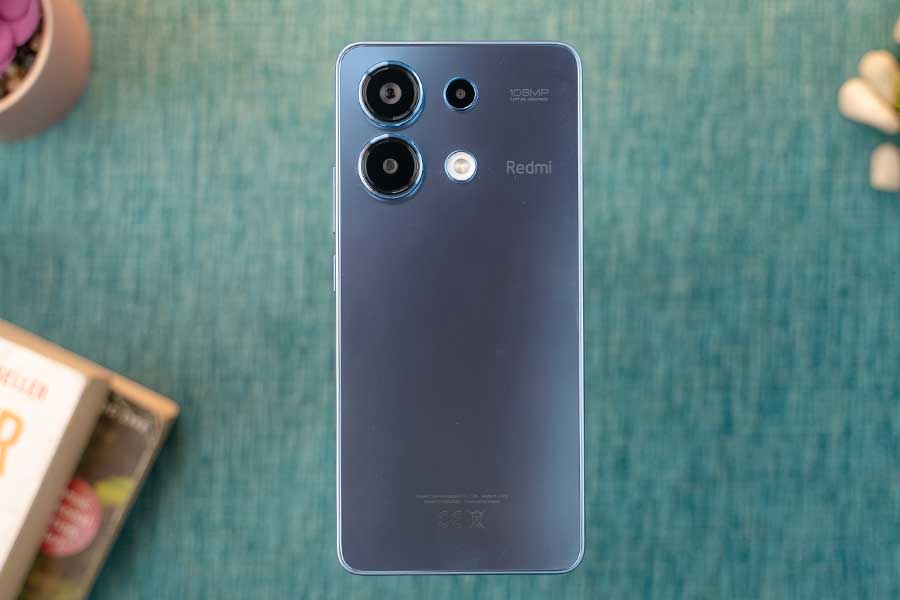
It has the same plastic built as last year and you get a USB Port, a SIM slot, and a speaker grill on the bottom. Likewise, there are volume and power buttons on the right. But surprise surprise, alongside the IR blaster and beloved headphone jack, we see…another speaker grill. Yeah, that’s right, we are getting stereo sound baby!
One of the gripes I had with last year’s Note 12 was its single-speaker setup that would easily get muffled when I was lying in bed with the phone in my chest. And it didn’t feel very full or loud either. Relief to say the sound quality feels louder, fuller, and more immersive compared to the Note 12. This can be easily noticeable while watching movies, shows, or YouTube videos. But the music experience still feels just okay-ish with decent mids and highs but not a lot of low frequencies.
Display
- Screen: AMOLED, 120Hz, 1800 nits (peak)
- Size: 6.67 inches, 107.4 cm2 (~87.5% screen-to-body ratio)
- Resolution: 1080 x 2400 pixels, 20:9 ratio (~395 ppi density)
- Protection: Corning Gorilla Glass 3
Talking about the display side, you get a big AMOLED screen with a high refresh rate. And apart from the specs side, I felt the screen did have a slight improvement over the Note 12. The bezels are relatively thinner and have a pretty modern look to it. And another addition to it is the in-display fingerprint, which runs pretty solid as well.
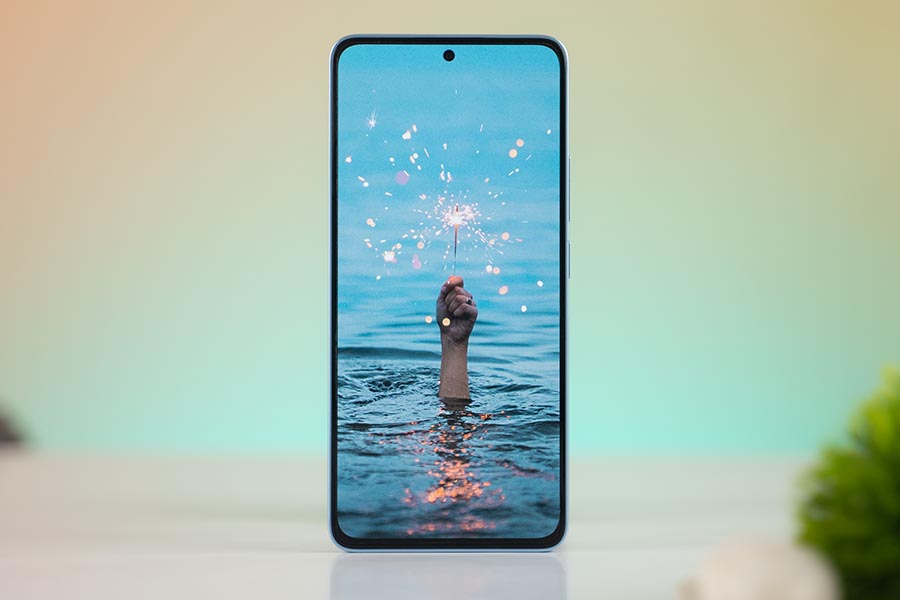
Quality-wise, one could definitely notice a few improvements on Note 13. As the colors do feel more vibrant than Note 12. But tbh, it’s not that super noticeable, unless place them side by side. However, the Redmi Note 13 feels brighter and will keep by your side even in intense sunlight/ outdoor conditions.
In addition, the 120Hz AMOLED screen provides you with nice viewing angles and some inky blacks as well. From navigating UI to everyday social media experience was pretty smooth not gonna lie. The Redmi Note 13 provides a very respectable and enjoyable viewing experience.
Performance
- OS: Android 13, MIUI 14
- Chipset: Qualcomm SM6225 Snapdragon 685 (6 nm)
- CPU: Octa-core (4×2.8 GHz Cortex-A73 & 4×1.9 GHz Cortex-A53)
- GPU: Adreno 610
Well, you get a Snapdragon 685, which is exactly the same as the one you get in the Note 12. And not to leave it out, the Snapdragon 685 is basically an overclocked version of the SD 680. I mean I had expected a better chipset from Xiaomi, but you know what expectations kill. But to be in the clear, it also doesn’t necessarily mean it’s a poor chipset. The performance it gives isn’t underwhelming, to say the least, but the selection did upset me.
But the good side of it is that you do get 6/128 GB in the base variant compared to the 4GB RAM in the base Note 12. So, a bit more memory for your day-to-day apps, and ample for your photos and videos.
There’s MIUI 14 based on Android 13 which has its own set of gripes like bloatware apps (games and 3rd party software) and system ads. But for a budget phone, I won’t complain too much as it has kinda become a norm at this point. I would like to see up-to-date software though, so Xiaomi definitely has to improve on the software front.
Gaming
Talking about gaming, I will have to admit the fact that this is not the best phone for gaming in terms of price to performance.
What I mean is, that you cannot even play at ‘Ultra’ mode in PUBGM the way you can do the same in a cheaper Tecno Pova 5. Even for high fps games like Mech Arena, I could hardly touch the 60fps mark.
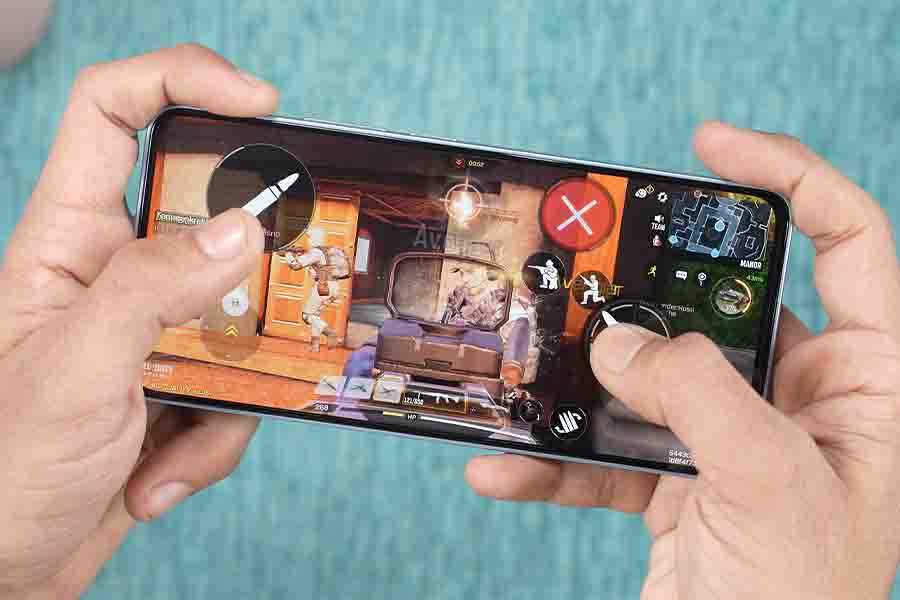
But that doesn’t imply that games are unplayable in the Redmi Note 13. Well, you can play lightweight games like Call of Duty and Mobile Legends at 60 fps with some stutters here and there.
Cameras
- Rear Camera
- 108 MP, f/1.8, 24mm (wide), 1/1.67″, 0.64µm, PDAF
- 8 MP, f/2.2, 120˚, (ultrawide)
- 2 MP, f/2.4, (macro)
- Features LED flash, HDR, panorama
- Video 1080p@30fps
- Selfie Camera
- Single 16 MP, f/2.4, (wide)
Well, cameras are the biggest upgrade you can get in the Note 13. Xiaomi has provided a 108 MP camera, an upgrade from last year’s 50 MP main camera. Additionally, you also get an 8 MP Ultrawide and a 2 MP depth camera. The output shows us more brighter and poppy images compared to that of the Note 12.
During the daytime, you get nice looking vibrant pictures in general, but it did feel the images were a bit unnatural at times. Similarly, compared to Note 12, the Note 13 leans towards more warmer tone in its results.
I had a very hard time with portrait mode. My Note 13 refused to provide sufficient bokeh (artificial in this case) that makes portraits appealing. Note 12, on the other hand, spewed what I’d call proper portrait blur (for a smartphone at this price bracket). I tried switching from our default testing aperture of 2.8 to the phone’s default 1.4, and even then saw no promising results. I think it’s more of a bug here and this could be fixed with a future software update. Besides that, just like regular photos, I found the skin tones and highlights to be a bit brightened and warmer as well. The output results are completely dependent on lighting conditions, hence the mixed-bag results.
Similarly, as for the ultrawide camera, you get good-looking pictures of buildings and architecture, but as compared to the main camera, the output result deviates with different colors and often produces soft images. Considering its price I don’t really wanna put a finger on its ultrawide lenses.
During low light and nighttime, the Note 13 clicks brighter and sharper images compared to the Redmi Note 12. Since there is no OIS, both devices will spew blurred images if not kept super still. Moreover, ‘Night Mode’ tends to over-process pictures which could look good in certain scenarios, but anything with a sky looks unnatural.
Finally, I noticed an improved selfie results from Note 13. The images appear to be more detailed in both outdoor and indoor conditions. I also found that the Redmi Note 12 images are often highlighted with a reddish tint while the Note 13 favors more warmer tone, the preference can be completely personal but the objective fact is the Note 13 images come with more details and a larger field of view. But the selfies were kind of inconsistent at times as well. I mean, there are times when you get decent images with good details, and punchy contrast, while, there are times when you get completely unnatural images as well.
Regarding videography, there was nothing much exciting about it. Although Note 13 can click a wider video, it cannot control the highlights just as its predecessor.
Battery
Lastly, let me touch on battery life and charging speeds – it’s identical to last year. You get the same 5000 mAh cell that goes from 0-100 % in about an hour and a half. Battery endurance and drain are also pretty much the same be it while clicking photos under the sun, or watching Netflix from the comfort of your bed. Expect 6+ hours of screen time on typical days, maybe a bit more if you’re a light user like me.
Redmi Note 13 4G Review: Conclusion
Redmi Note 13 4G is a formidable phone in the budget segment. Although nothing much changed from its predecessor, it still is one of the best phones to buy for 25k. As told earlier, the phone has an excellent AMOLED display, although, with some minor bugs in portrait mode, the camera setup is still decent.
Yeah, they could have done better with the chipset, at least an SD 695 or even the G99 Ultra (that’s not going to happen as long as there’s the Redmi Note 13 Pro 4G though). However, the dual speaker is finally back again, so that’s a bonus. So to put it simply, the Redmi Note 13 4G is a well-balanced budget phone for those who seek comfort, affordability, and a good smartphone experience at 25 thousand rupees.
Redmi Note 13 4G Review: Pros and Cons
Pros
- 120 Hz AMOLED Display
- Stereo Speakers
- Decent main camera + Ultrawide
- Big Battery and fast charging
- Great Value Package Overall
Cons
- Okayish Performance
- Portrait Mode is a bit iffy
-
Ads and Bloatware









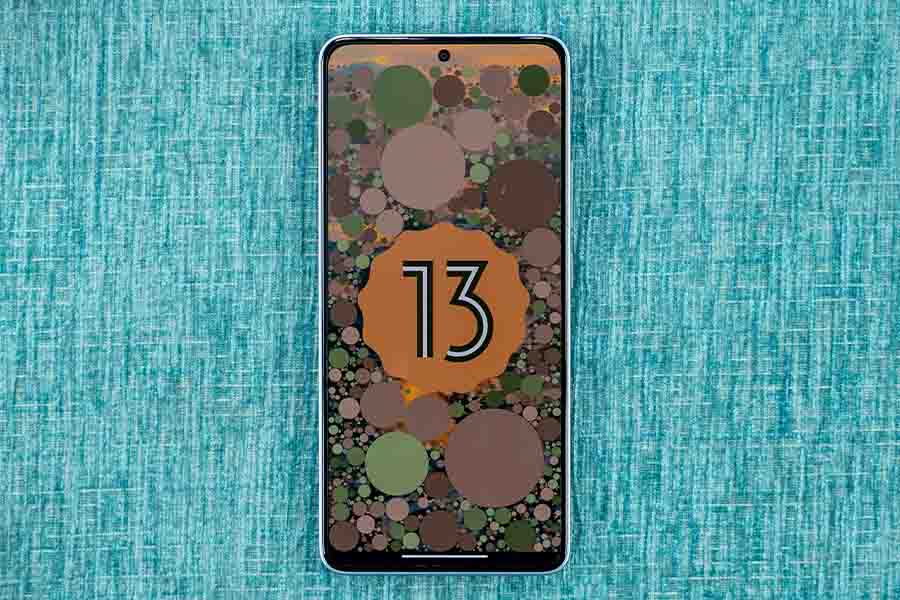
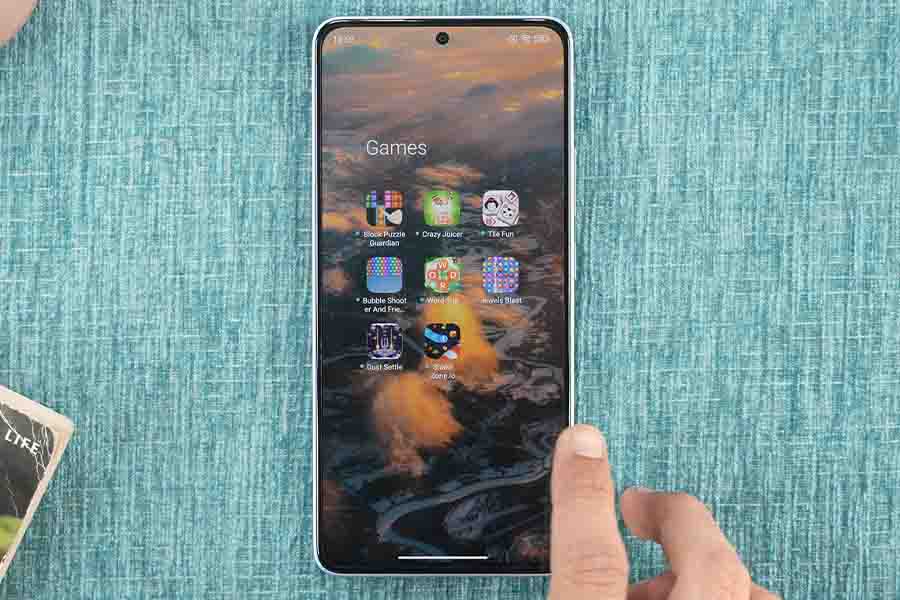
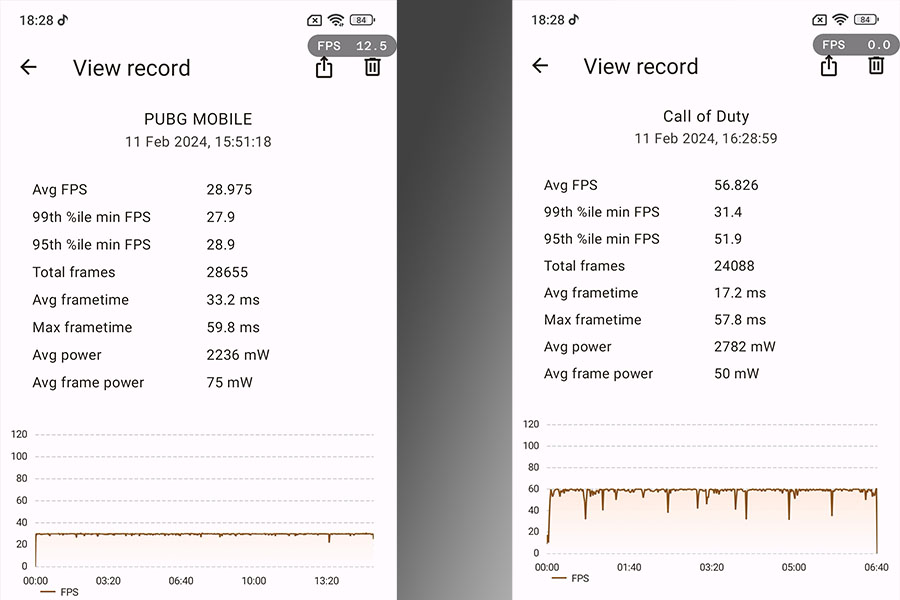
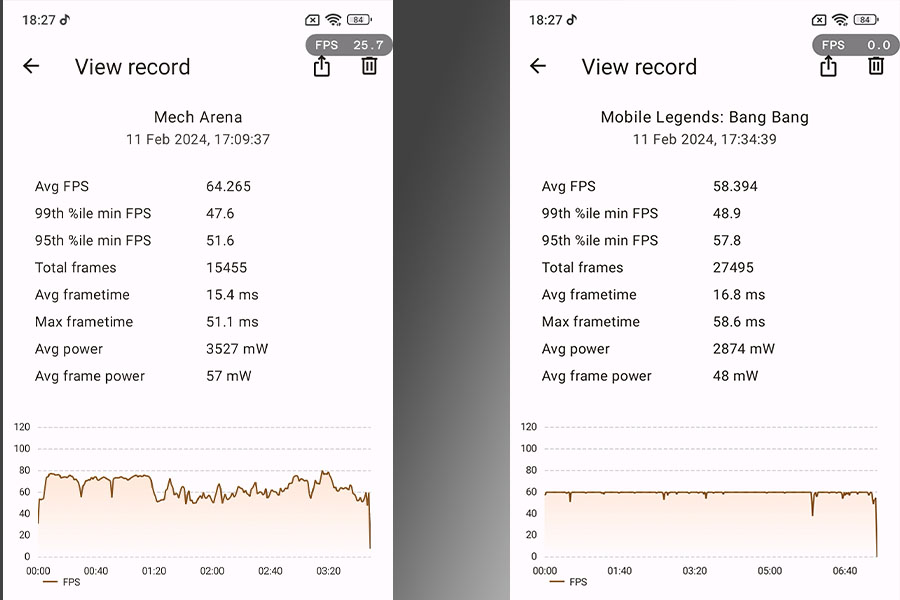



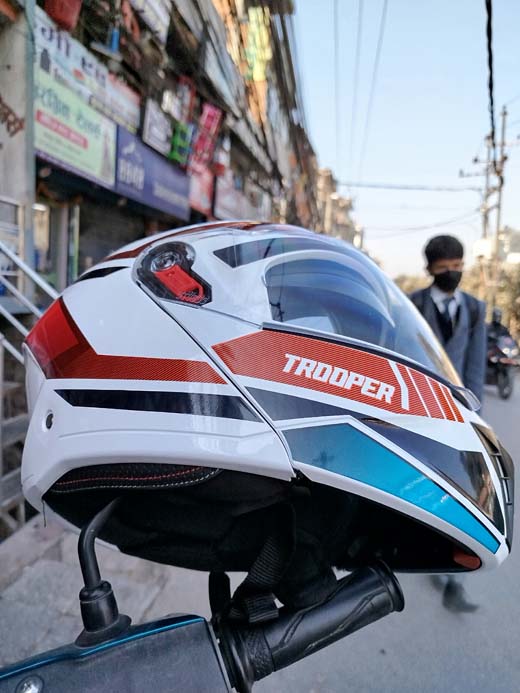

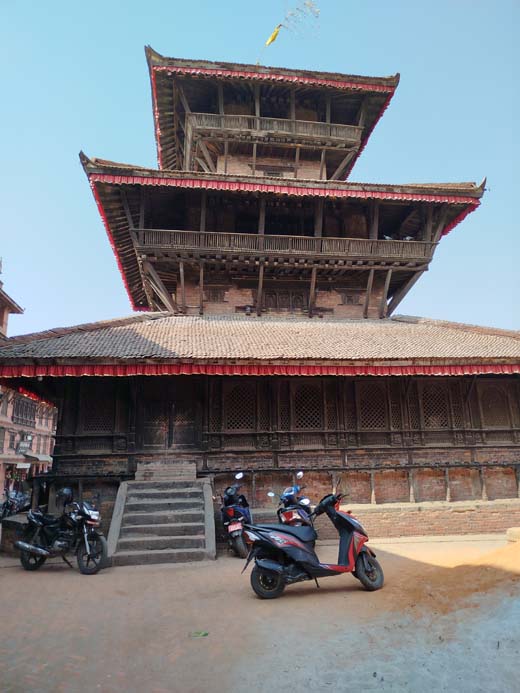
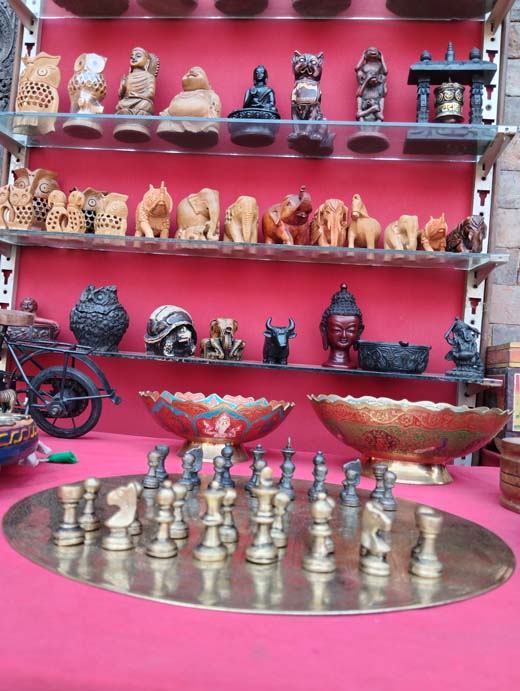


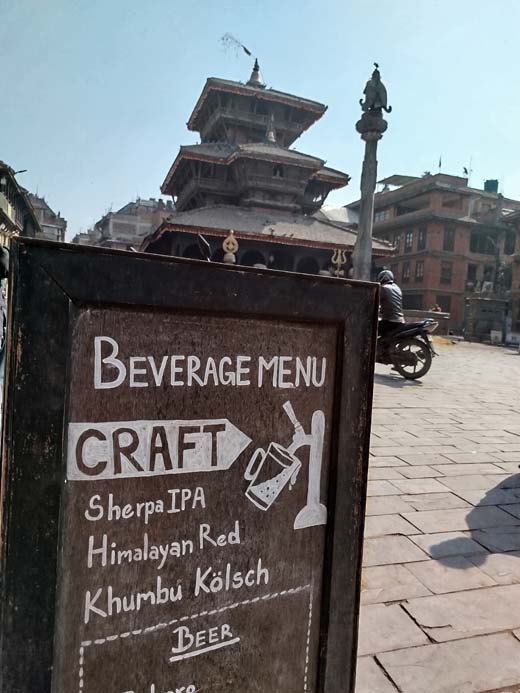
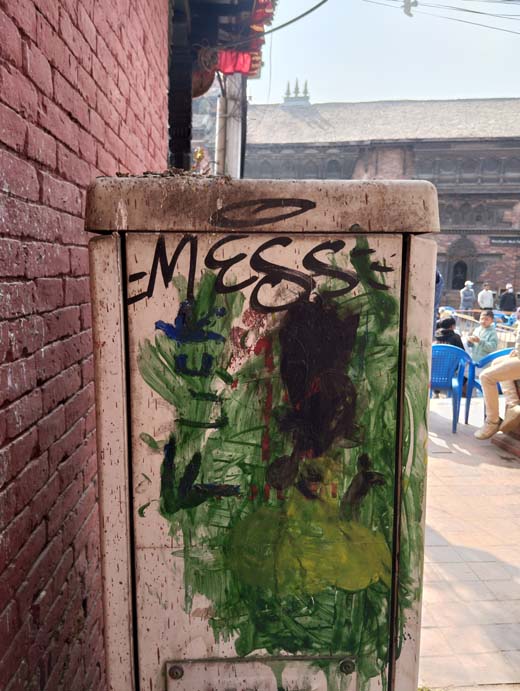
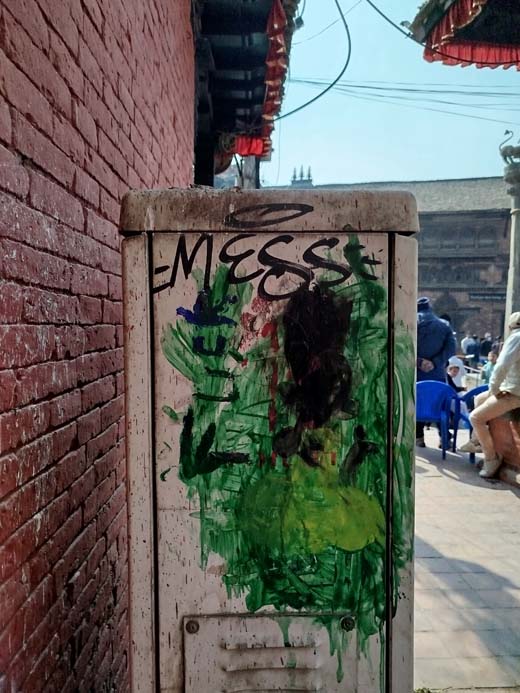


















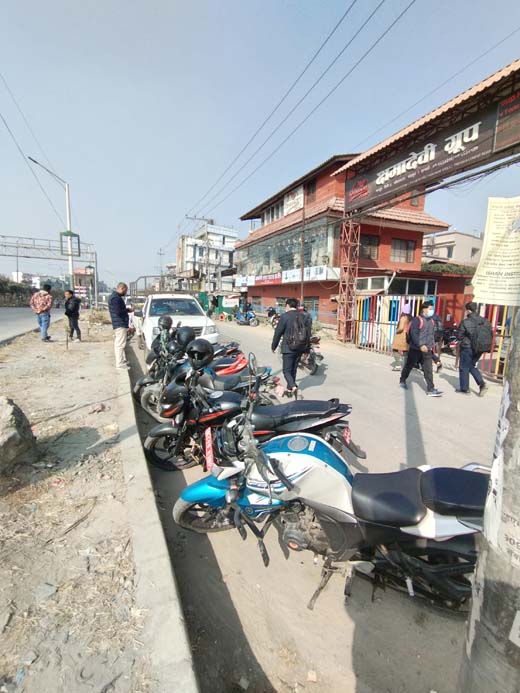
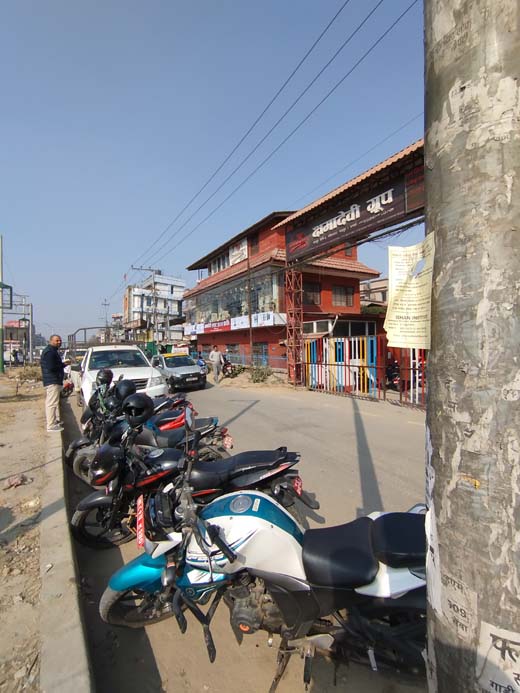




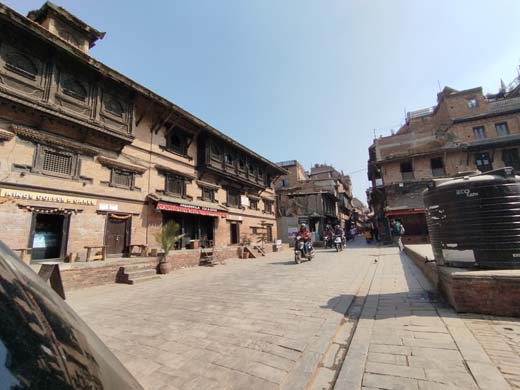

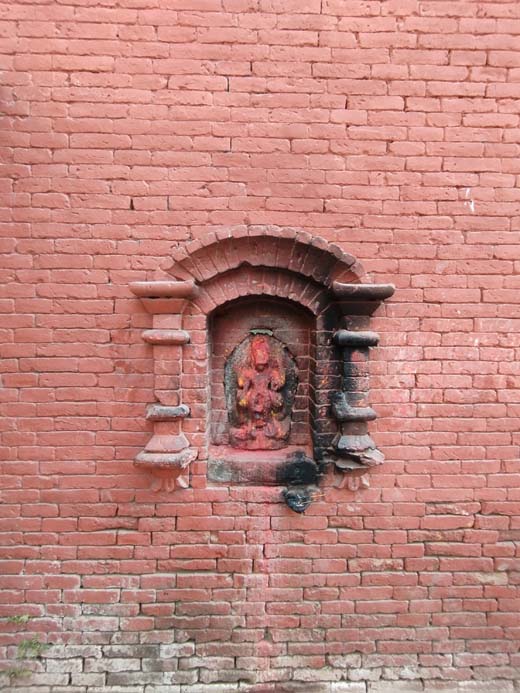

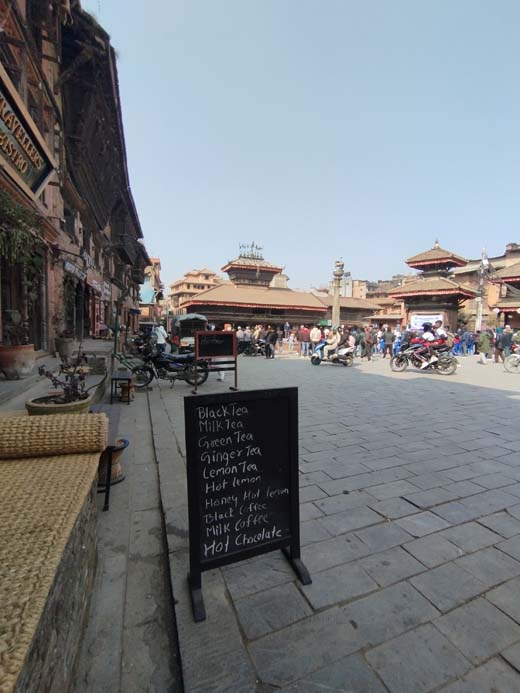
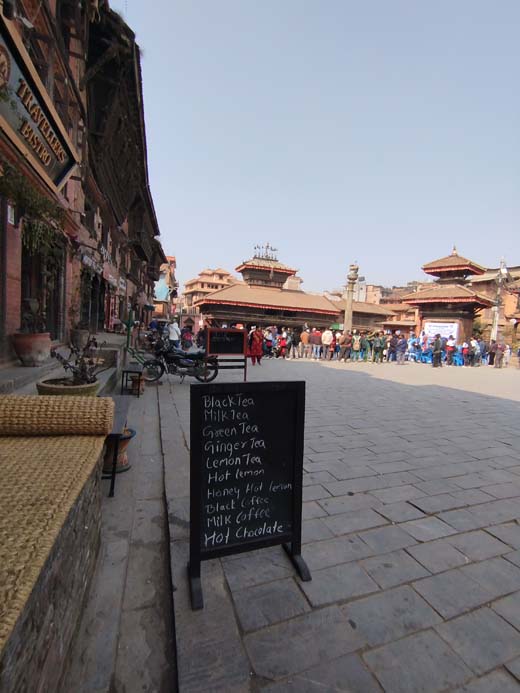
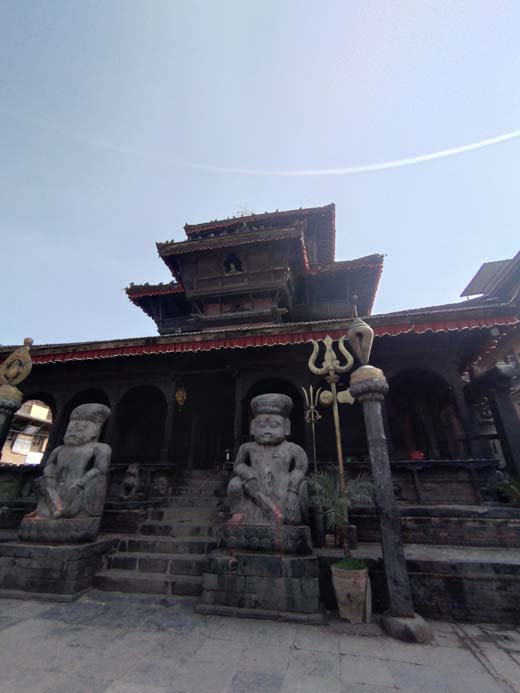
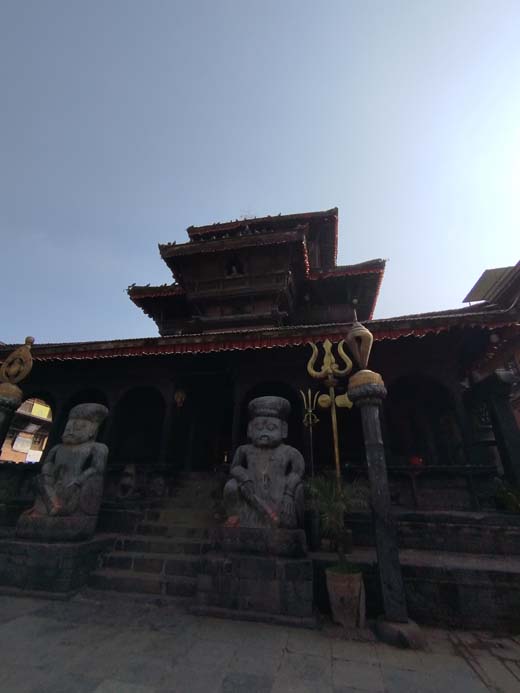
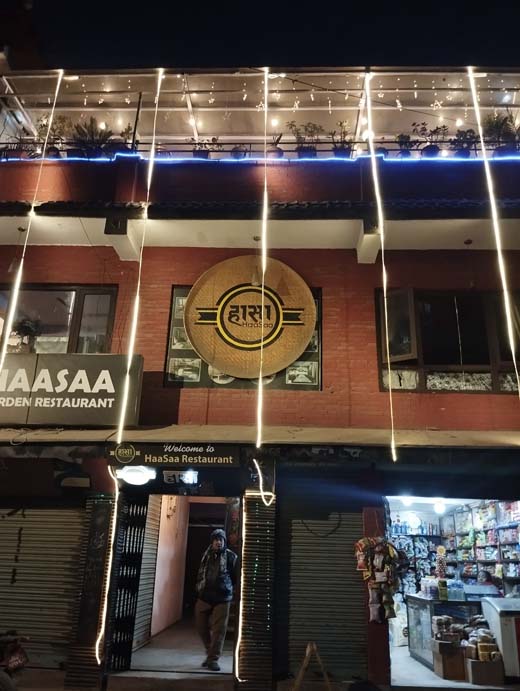


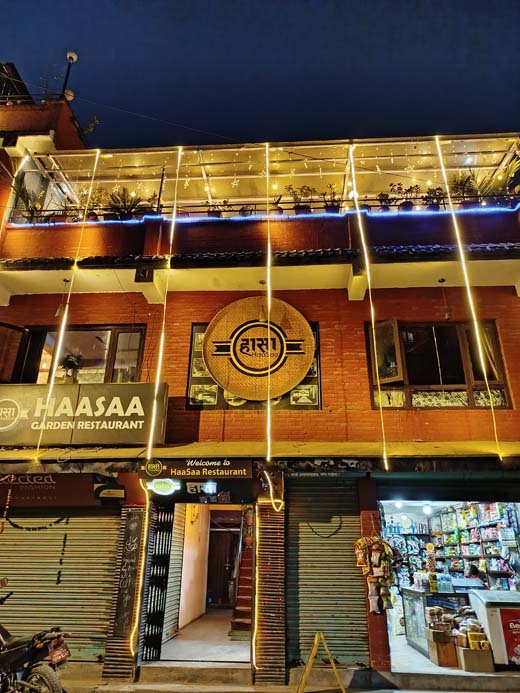







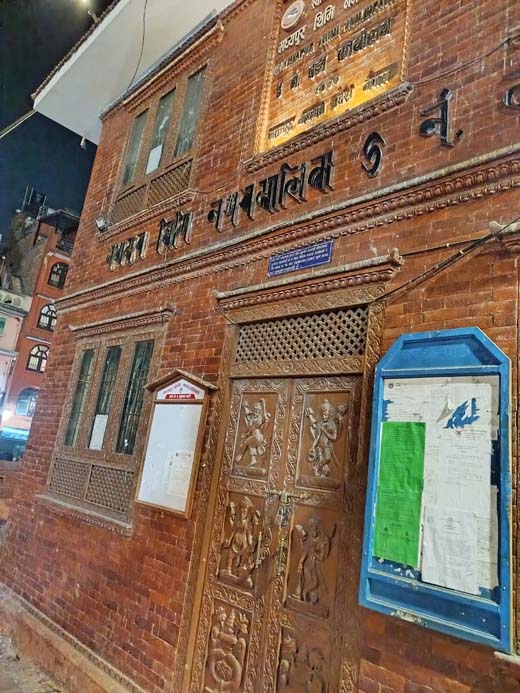






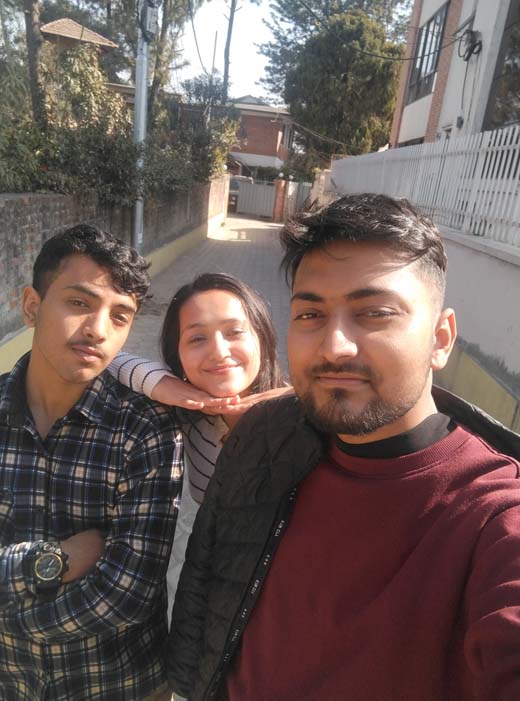


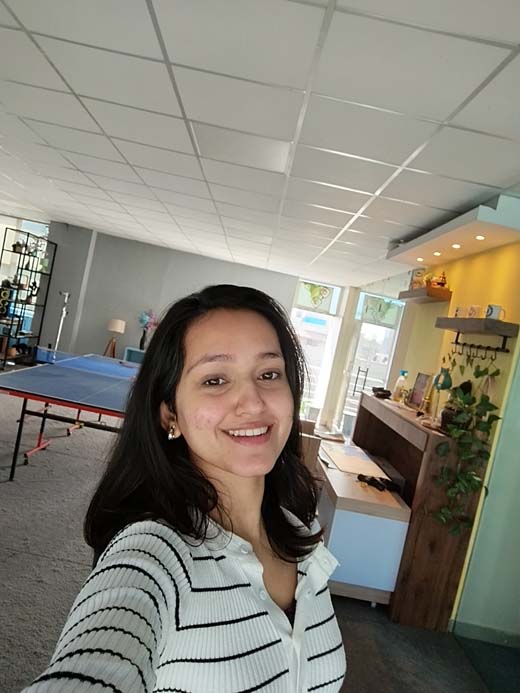









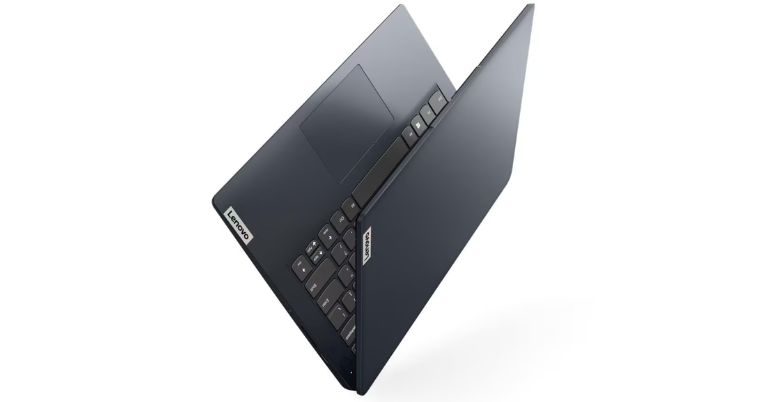
![Best Gaming Laptops in Nepal Under Rs. 250,000 (रु 2.5 Lakhs) [2025] Best Gaming Laptops Under 2.5 lakhs in Nepal [Feb 2025 Update]](https://cdn.gadgetbytenepal.com/wp-content/uploads/2025/02/Best-Gaming-Laptops-Under-2.5-lakhs-in-Nepal-Feb-2025-Update.jpg)
![Best Gaming Laptops in Nepal Under Rs. 120,000 (रु 1.2 Lakhs) [2025] Best Budget Gaming Laptops Under Rs 120000 in Nepal 2025 Update](https://cdn.gadgetbytenepal.com/wp-content/uploads/2025/05/Best-Budget-Gaming-Laptops-Under-Rs-120000-in-Nepal-2024-Update.jpg)
![Best Laptops Under Rs. 80,000 in Nepal [2025] Best Laptops Under 80,000 in Nepal March 2025 Update](https://cdn.gadgetbytenepal.com/wp-content/uploads/2025/03/Best-Laptops-Under-80000-in-Nepal-March-2025-Update.jpg)
![Best Laptops Under Rs. 70,000 in Nepal [2025] Best Laptops Under 70,000 in Nepal March 2025 Update](https://cdn.gadgetbytenepal.com/wp-content/uploads/2025/01/Best-Laptops-Under-70000-in-Nepal-March-2025-Update.jpg)
![Best Mobile Phones Under Rs. 15,000 in Nepal [Updated 2025] Best Phones Under 15000 in Nepal 2024 Budget Smartphones Cheap Affordable](https://cdn.gadgetbytenepal.com/wp-content/uploads/2024/03/Best-Phones-Under-15000-in-Nepal-2024.jpg)
![Best Mobile Phones Under Rs. 20,000 in Nepal [Updated] Best Mobile Phones Under NPR 20000 in Nepal 2023 Updated Samsung Xiaomi Redmi POCO Realme Narzo Benco](https://cdn.gadgetbytenepal.com/wp-content/uploads/2024/01/Best-Phones-Under-20000-in-Nepal-2024.jpg)
![Best Mobile Phones Under Rs. 30,000 in Nepal [Updated 2025] Best Phones Under 30000 in Nepal](https://cdn.gadgetbytenepal.com/wp-content/uploads/2025/01/Best-Phones-Under-30000-in-Nepal.jpg)
![Best Mobile Phones Under Rs. 40,000 in Nepal [Updated 2025] Best Phones Under 40000 in Nepal 2024 Smartphones Mobile Midrange](https://cdn.gadgetbytenepal.com/wp-content/uploads/2024/02/Best-Phones-Under-40000-in-Nepal-2024.jpg)
![Best Mobile Phones Under Rs. 50,000 in Nepal [Updated 2025] Best Phones Under 50000 in Nepal](https://cdn.gadgetbytenepal.com/wp-content/uploads/2025/01/Best-Phones-Under-50000-in-Nepal.jpg)
![Best Flagship Smartphones To Buy In Nepal [Updated] Best flagship phone 2025](https://cdn.gadgetbytenepal.com/wp-content/uploads/2024/07/Best-Flagship-Phones-who-is-it-ft-1.jpg)